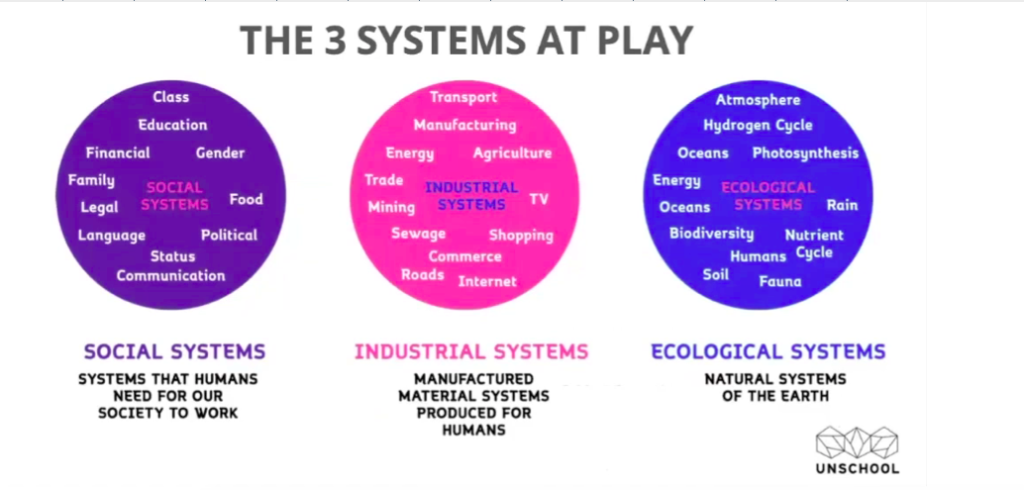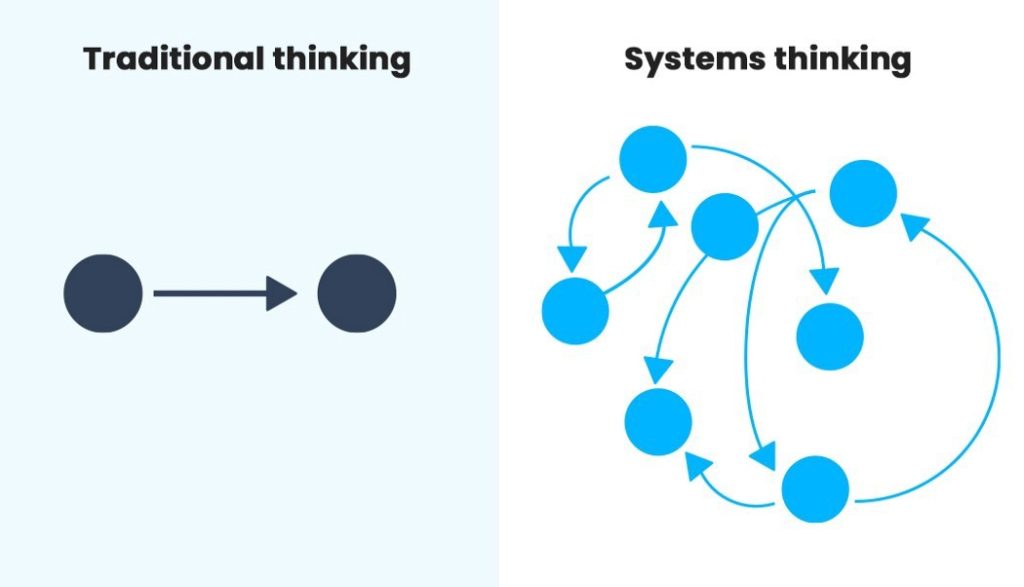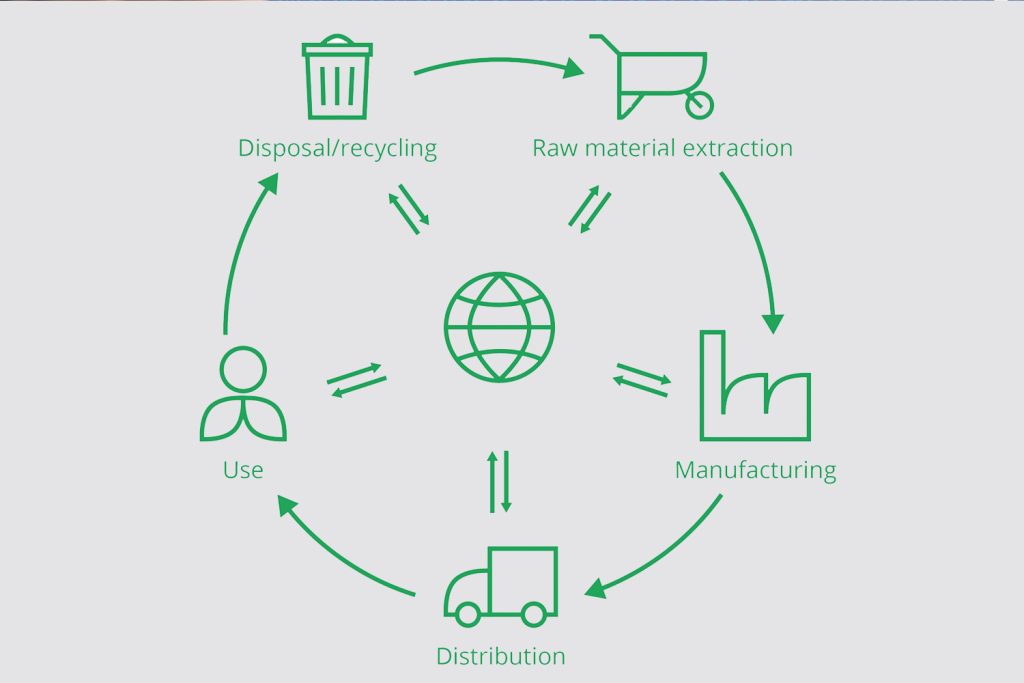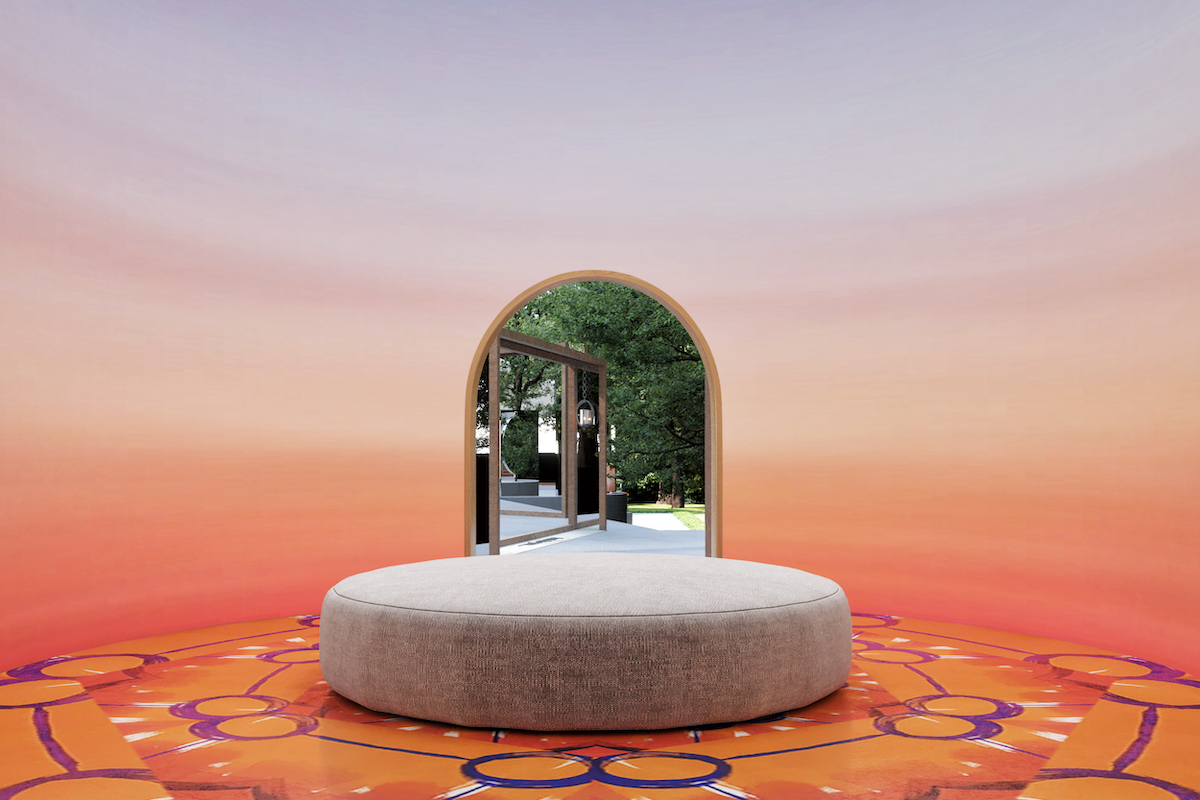Sai Aditya is a Founding Member of the WXO who works for the Ministry of Tourism at Invest India, the government’s National Investment Promotion & Facilitation Agency, with a focus on the Experience Economy and social innovation. Prior to that he was an independent researcher at the University of Central Florida.
He maps out three ways in which designers can seek to create experiences that are not only beneficial for their audience, but also for the planet.
As experience designers, we often talk about the importance of having our efforts centred around the individual human being.
Their needs, emotions and senses translate into the stories we tell and the mechanics we use. Every moment and touchpoint in an experience isn’t random, but rather crafted to kindle a specific emotion, reaction, or transformation in the people we create them for.
Major parts of our experience design vocabulary, from ‘human-centered design’ to ‘storyliving’, are innately linked to the end experiencer.
But who and what are our experiences impacting apart from the individual?
The search for an answer led me to the Design For Planet Festival run by the Design Council, the UK’s national strategic advisor on design.
The event brought together a melting pot of creatives, from architects and industrial designers to fashion designers, service designers, visual designers, user experience designers, business designers, game designers, and many more. Although from different sectors, all were connected by the focus on which all their design efforts were based: the individual human being.
With experiential elements finding their way into every realm of human activity, it is fitting to ask the question – are we designing only for human beings, or for entities and ecosystems beyond them, too?
Sai Aditya
By the end of the event, it was clear that irrespective of their end goal, these designers were impacting grander entities and systems beyond the guest, user, and consumer.
When we focus on the individual, we indirectly miss out on factoring in the multiple systems that they interact with on a daily basis. When designing for the individual’s wellbeing, we fail to design for the wellbeing of the platform upon which these systems constantly play out. In short, we don’t design for the planet.

While it is the nature of experience design to focus on the human, it will also help the larger world and the greater cause of sustainability when we begin to factor in the planet in all of our design conversations and efforts. If looked at closely, the planet and its inherent systems become platforms upon which we create our experiences.
Keeping our focus on human-centred design while factoring in the planet as an important consideration, we will succeed in creating experiences that achieve a purpose, transform people, deliver profits, and are good for the planet to boot.
Here are my three key takeaways from the Design For Planet Festival on how we can design better experiences both for people and the planet they live on.
1. Build A “Systems Thinking” Mindset

Systems thinking advocates the importance of thinking in terms of interconnected relationships, rather than linear cause-effect relationships.
A systems thinker wouldn’t seek to solve a problem in isolation. Instead, they would identify multiple factors in different systems – social, industrial, and ecological – by mapping out the interconnectedness between factors in order to arrive at solutions that solve the problem in a responsible and sustainable way.
Systems thinking gives us a framework to prioritize multi-disciplinary thinking. More often than not, we are only mindful about the first-order effects of our design efforts, i.e. finding an answer for a particular problem.
Systems thinking allows us to capture second and third-order effects too, through mapping the consequences of our design decisions and in turn the consequences of those consequences. Without it, we may only be solving for problem symptoms and not for root causes, even when fully capable of doing so.

For affecting social change and impact, research has captured the importance of nudging people into performing particular actions through incentivizing and meaning making.
Be it incentivizing or meaning making, experience design is uniquely capable of performing this mighty nudge at a systemic level through experiential mechanics like storytelling, emotion, co-creation and others (see Impactainment).
Having a systems thinking mindset will aid experience designers in balancing the needs of people and planet when creating this nudge.
Beyond social change and impact, a systems thinking mindset may also help experience designers in creating interventions to solve creative and business challenges. For example, if the challenge is to increase footfall and throughput into your experience, a linear thinking mindset would come up with solutions like advertising heavily and increasing experience capacity.
A systems thinking mindset, meanwhile, would determine experience capacity only after having provided for guest wellbeing – delivering complete guest happiness – and planetary wellbeing – not over-extracting from the planet in terms of energy, water, and resources in order to create the experience.
For a deeper dive, see Prosperity Thinking and Human-Centered Systems-Minded Design.
2. Perform Life Cycle Assessments

Since time immemorial, human beings have been running our businesses without quantifying our impact on the planet, while quantifying everything else in order to create efficient and effective economic systems.
Only what gets measured, gets managed.
Peter Drucker, management guru
The inability to quantify and objectively present a case for environmental sustainability may be the reason for decades of inaction on that front.
This is exactly what the Life Cycle Assessment (LCA) framework aims to rectify. According to the International Standards Organization, life cycle assessment or life cycle analysis is defined as “a tool to analyze the potential environmental impacts of products at all stages in their life cycle.”
Take the life cycle of a smartphone. A Life Cycle assessment maps out and measures every stage of the cycle, and the various elements that may have had an impact on the environment. Below is a list of some of the items that are measured to each life cycle stage.
- Raw material extraction – Fossil fuels used, water pollution impacts
- Manufacturing and assembly – Energy used, amount of greenhouse gas emitted
- Packaging and distribution – Grade of plastic used, fuel used
- Consumption – Greenhouse gas emitted in duration of use
- Disposal and end of life – Recycling possibility, biodegradability
Once all of the above are measured, the framework provides a set of metrics and values which together give the management of the smartphone company a sense of what their total environmental footprint is.
Through this, we can understand that an LCA is an analysis of the impact a product, or service has on the world around it. The results of the assessment may be used to either to reduce the footprint or introduce other measures to offset the footprint.
Whatever the method, we all design according to experience stages. While the vocabulary differs on what each of these stages are called, they form discrete units upon which a Life Cycle Assessment can be performed. If not experience stages, then every guest / user touchpoint can be serve as contexts for an assessment.
The depth of the assessment will depend on the scale and intricacy of the experience. Once the environmental footprint of our experience is measured, it will allow us to come up with reduction or offset measures in the form of creative interventions.
Think about Disneyland introducing emission-free fireworks, a family entertainment center shifting entirely to solar energy, and an immersive art company choosing eco-friendly bio-degradable paints.
For a deeper dive, see The Real Cost of a Chocolate Cookie or Campfires 33 & 34: The Ultimate Guide To Endineering.
3. Think Not Only In Moments, But In Materials

Nature works on regenerative and circular systems. In a circular system, inputs are used to create outputs, which in turn generate new inputs. For example, say we pluck an apple from a tree, eat it there and then and throw away the core. The core decomposes with time and becomes manure, aiding the growth of the same tree we plucked the apple from. This process is circular, never-ending, and regenerative in nature. Unlike nature, humans have created linear systems to manufacture and use our products.
We buy a pen, use it, and throw it away. This cycle of make-use-dispose will continue to occur until recycling is diligently followed and is completely possible. In order to combat the inadequacy of recycling, sustainability experts suggest solving the issue at the start of the manufacturing, building and designing cycle.
As experience designers, the need to choose planet-friendly materials becomes paramount. Challenges include:
- The ability of experience design to create out of the ordinary moments and worlds, creating the need for a wide variety of materials.
- The nature of experience design to impress and excite, leading to an inability to compromise on quality through using materials other than what’s aesthetically best.
- The quasi-temporary nature of a lot of experience design, leading to designing and throwing away after experience run-time.
While conversations around aesthetics and overall experience factor pretty early in experience design conversations, there is also a need to start thinking about materials early in the process so as to create a balance between achieving experience quality and planet sustainability.
For a deeper dive, see the webinar 10 Principles for Materials, Sustainability & Design on Design For Planet’s website.
Implementing sustainable, planet-friendly behaviors in design can seem like a complex task – but factoring in the above can help experience designers to transform their work into a means of improving the wellbeing of both people and the planet.
For a deeper dive into eco-centric design, consider attending Design For Planet 2022. This year’s theme will be ACTION to help designers make their sustainability plans a reality.
To get more insights from experts in the Experience Economy – and to be the first to know about our membership programme, events and more – apply to join the WXO community now.





